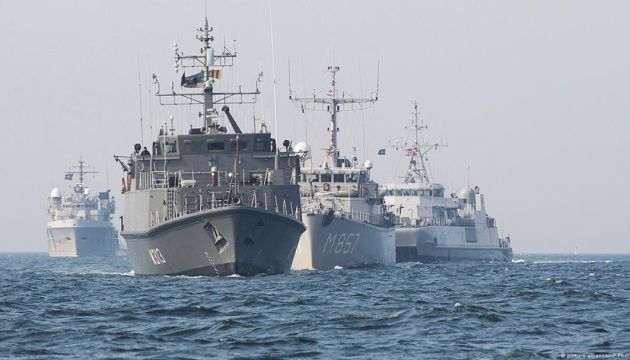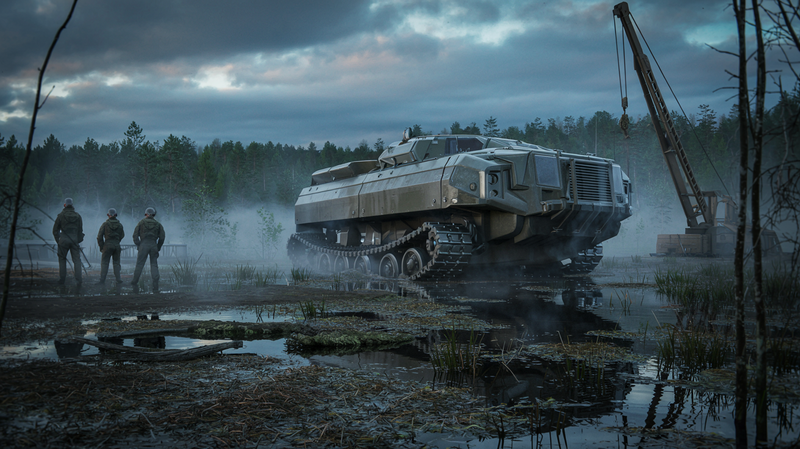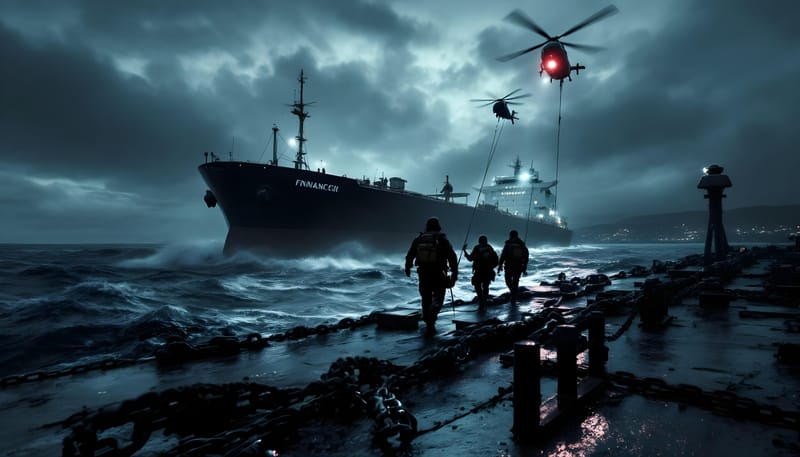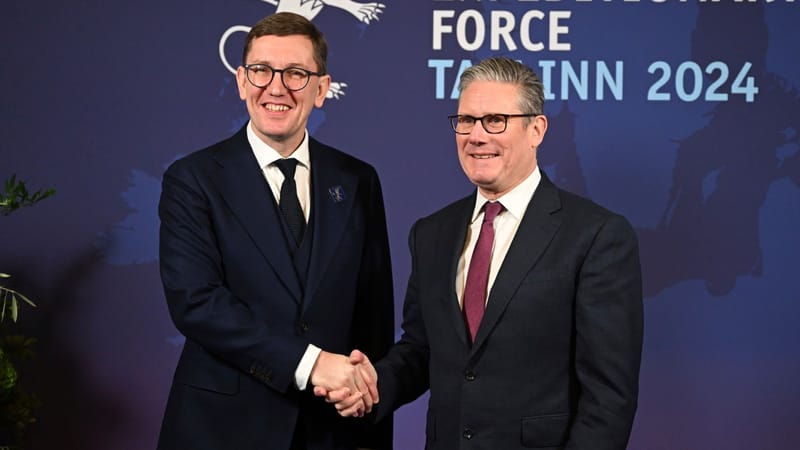Heightened Tensions in the Baltic: Naval Drills Shift Focus to Deterring Russian Advances
The ever-evolving geopolitical landscape in the Baltic region is on full display as major naval exercises prepare to pivot their focus towards the explicit goal of repelling Russian aggression. This development, as revealed by Germany's navy chief, Vice-Admiral Jan Christian Kaack, marks a significant shift in the Western

The ever-evolving geopolitical landscape in the Baltic region is on full display as major naval exercises prepare to pivot their focus towards the explicit goal of repelling Russian aggression. This development, as revealed by Germany's navy chief, Vice-Admiral Jan Christian Kaack, marks a significant shift in the Western military strategy amid growing apprehensions.
Scheduled to kick off on September 9, the "Northern Coasts exercise" is expected to be a show of force, drawing participation from all NATO nations bordering the Baltic Sea. The roster includes major NATO allies like the U.S., Canada, Netherlands, Belgium, and France. Additionally, Sweden's involvement, a nation on the cusp of NATO membership, adds weight to the drills, pointing to deeper strategic realignments.
During the two-week maneuvers, the allied forces will delve into a range of operations, from amphibious landings to precise strikes from sea to land. The goal? A strong message to Russia: Western powers stand united, vigilant, and ready. "The objective is clear. We need to present a credible deterrence, which means not just defending, but showcasing our ability to counter-attack," asserted Kaack.
A central point of concern that underscores the significance of these drills is the Suwalki Gap, a narrow 65-kilometre land corridor that acts as the sole terrestrial link between the Baltic states and the main territory of NATO in Europe. Its vulnerability, given its limited infrastructure - two roads and a singular railway line - magnifies the strategic importance of the Baltic Sea routes. Kaack was explicit about these concerns: "If the Suwalki Gap were to be compromised, the maritime routes through the Baltic would become our only lifeline. Their security is paramount."
The larger narrative also speaks to the transformation of the Baltic's strategic calculus. With Finland's fresh induction into NATO and Sweden's anticipated membership, the Baltic Sea, historically dotted with neutral states since the Napoleonic era, is seeing a tectonic shift. Except for Russia's limited coastline, the entirety of the Baltic shoreline is poised to fall under the NATO umbrella.
The German navy, recognized as the dominant naval force in the Baltic, is set to command this significant exercise from its newly minted maritime headquarters in Rostock. This state-of-the-art facility is not just a testament to Germany's commitment to the region but is also envisioned as NATO's regional maritime nerve center in the event of escalating conflicts in the Baltic Sea.
In wrapping up, the Northern Coasts exercise is not just another routine naval drill. It embodies the heightened state of alert and the commitment of Western allies in ensuring the security and stability of the Baltic region. As the geopolitical tectonic plates shift, the message resonates louder than ever: The West is watchful, prepared, and resolute in its stand against any aggression.




